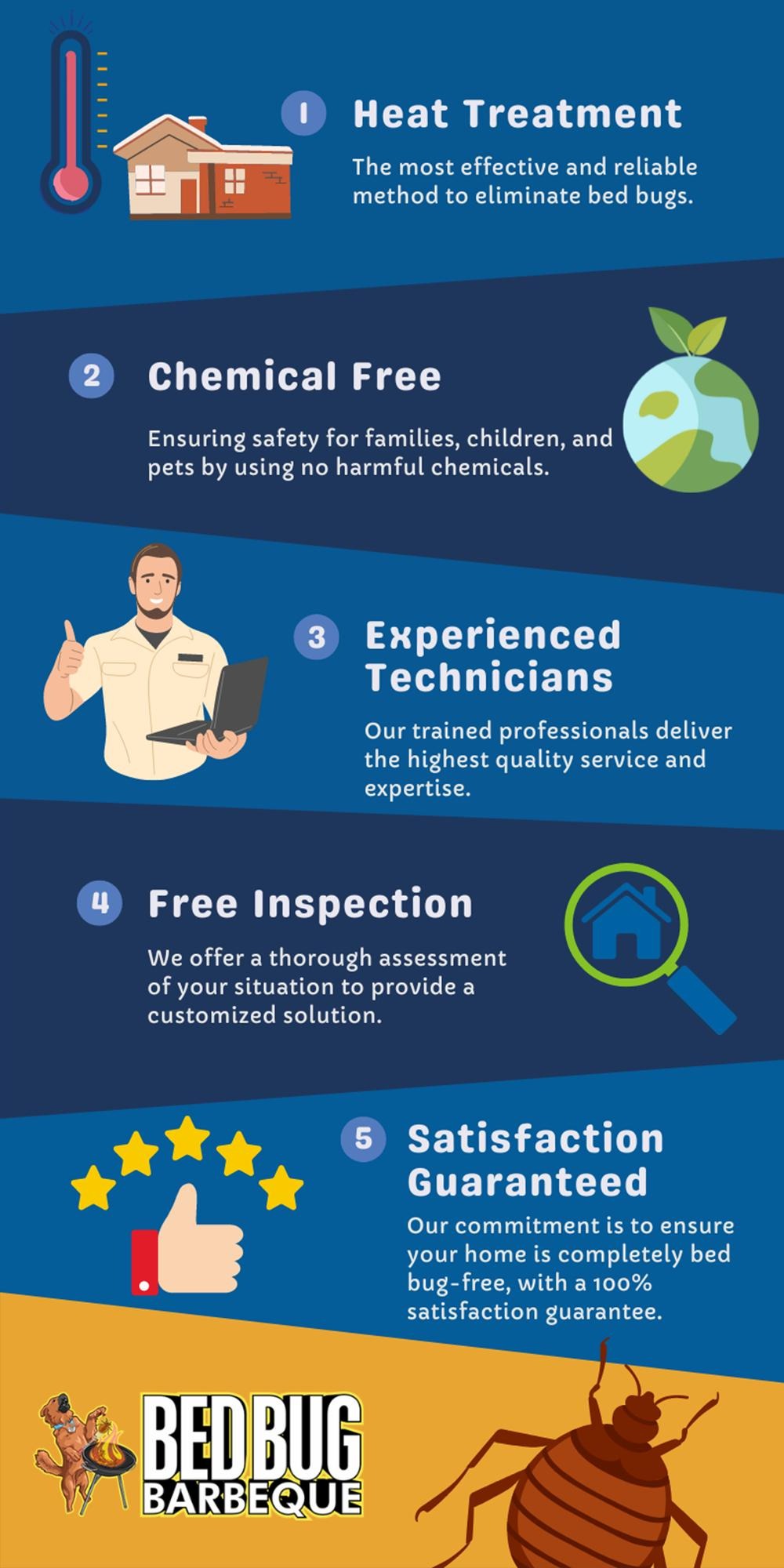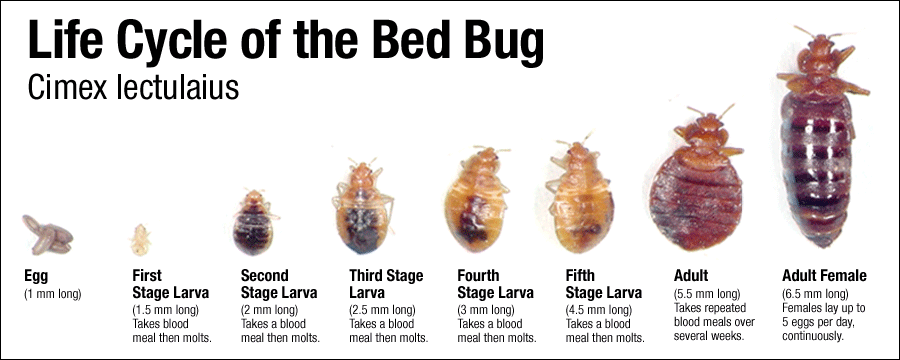Skilled Exterminator Arlington VA for Bed Bugs and Other Pests
Obtain Informed Concerning the Sorts Of Insect Control Methods and Their Advantages for Home Owners
Comprehending the numerous bug control techniques readily available to homeowners is important for reliable bug monitoring. From chemical and biological methods to social and mechanical practices, each approach provides distinct benefits that can significantly impact both wellness and ecological security. House owners who are well-informed can make strategic choices that not only address bug issues yet additionally boost the total top quality of their living setting. As we discover these methods additionally, it ends up being clear that the decision-making process includes greater than simply immediate results; it discuss long-lasting sustainability and wellness. What factors should influence these essential decisions?
Chemical Pest Control Techniques
Chemical insect control methods are a vital element of integrated parasite administration strategies for house owners seeking reliable options to pest invasions. These techniques entail the application of chemical materials created to get rid of or discourage pests that endanger personal effects, wellness, and convenience. Common chemicals utilized consist of pesticides, herbicides, fungicides, and rodenticides, each customized to target particular bugs.
The primary benefit of chemical pest control is its rapid effectiveness; several formulations give prompt results, lowering pest populaces substantially quickly. Additionally, advancements in chemical formulations have actually caused products that are much more eco-friendly and have reduced poisoning degrees for non-target organisms when applied appropriately.

Biological Pest Control Techniques
Natural pest control techniques have actually obtained importance as home owners seek more secure and extra sustainable options to conventional chemical techniques. Biological insect control techniques use natural killers, bloodsuckers, or pathogens to take care of bug populaces successfully. This technique is not only ecologically pleasant yet additionally minimizes the threat of harm to non-target types, consisting of beneficial insects and wildlife.
Among the most typical organic control approaches includes introducing natural predators into the environment. Ladybugs can be made use of to manage aphid populaces, while nematodes target soil-dwelling insects like grubs. Furthermore, parasitoids-- organisms that survive or within a host-- can be employed to control certain bug species by laying eggs inside them, ultimately leading to their death.
One more strategy is using biopesticides, which are obtained from natural products such as germs, plants, or minerals (bed bug exterminator). These products can efficiently target pests while posing marginal danger to pets and human beings. On the whole, biological bug control techniques offer home owners with an effective means of pest management that straightens with ecological principles, promoting a healthier living setting while reducing reliance on synthetic chemicals
Mechanical Insect Control Approaches
Mechanical insect control methods incorporate a range of techniques that literally stop or get rid of pests without making use of chemicals. These strategies are specifically useful for homeowners looking for eco-friendly options while guaranteeing the security of their home.
One typical method is the use of barriers, such as traps, displays, and webs, which avoid pests from entering homes or certain areas. For example, setting up home window displays can efficiently maintain bugs out, while using physical obstacles around yards can deter click to read more larger bugs like bunnies or deer. Additionally, mechanical traps designed for rodents can record and get rid of these parasites without the demand for poisonous materials.
An additional effective strategy involves using brooms and vacuum cleaners to eliminate pests directly from surfaces. Routine cleansing and maintenance can dramatically minimize bug populaces by eliminating food resources and concealing spots. Using tools like ultrasonic pest repellents can deter various pests with sound waves that are undesirable to them but inaudible to human beings.
Social Insect Control Practices
Social pest control methods concentrate on changing the setting and management methods to develop problems that are less conducive to pest problems. These methods are basic in keeping a balanced ecosystem and decreasing the dependence on chemical interventions. By modifying farming methods, homeowners can properly deter parasites while promoting plant wellness.
One common technique includes crop turning, which disrupts the life cycles of parasites by changing the sorts of plants expanded in a specific area (bed bug exterminator). This not just lessens pest populations yet also improves soil wellness. Furthermore, intercropping-- planting varied plants in closeness-- can confuse insects and minimize their capability to locate their recommended host plants
Water administration is an additional critical facet of social techniques. Correct irrigation strategies can protect against standing water, which functions as a breeding place for insects and various other parasites. Additionally, keeping tidiness around the home, such as regularly getting rid of debris and food waste, can considerably minimize insect attraction.
Including these social methods right into a comprehensive parasite monitoring method enables property owners to produce a setting that naturally deters right here pests, consequently improving the efficiency of various other control techniques while advertising lasting gardening and landscape design.

Integrated Parasite Monitoring Approaches
Integrated Bug Monitoring (IPM) represents an all natural approach that incorporates numerous techniques to efficiently handle bug populaces while decreasing environmental impact. This approach incorporates biological, cultural, physical, and chemical methods to achieve lasting insect control. By analyzing pest populations and their natural opponents, IPM stresses tracking and determining insects before carrying out control steps.
One of the core principles of IPM is the use of limits, which develop the level of pest activity that necessitates treatment. This makes sure that treatments are applied only when necessary, minimizing the dependence on chemical pesticides. Organic control techniques, such as introducing all-natural killers or bloodsuckers, job in combination with social methods like plant rotation and habitat adjustment to disrupt pest life process.
Moreover, IPM encourages making use of least-toxic chemical choices when intervention is needed, focusing on items that posture very little threat to non-target organisms and the atmosphere. For house owners, taking on IPM approaches not only improves the efficacy of pest monitoring however likewise promotes a healthier living atmosphere, fostering biodiversity and reducing chemical direct exposure. Inevitably, IPM encourages home owners to make enlightened choices that stabilize insect control with eco-friendly obligation.
Verdict
In conclusion, comprehending the various parasite control techniques encourages property owners to make informed decisions concerning pest monitoring. Each approach-- chemical, biological, mechanical, cultural, and integrated pest administration-- provides distinct advantages that cater to various requirements and choices.
Comprehending the different pest control methods available to house owners is important for reliable bug monitoring.Chemical bug control methods are an important part of incorporated pest administration strategies for property owners looking for reliable remedies to pest invasions. Generally, organic parasite control techniques give house owners with a reliable means of bug administration that aligns with eco-friendly principles, advertising a much healthier living setting while lowering dependence on synthetic chemicals.
Social parasite control special info techniques focus on customizing the environment and administration methods to produce conditions that are less favorable to pest invasions.In conclusion, recognizing the various pest control approaches encourages homeowners to make enlightened decisions regarding pest monitoring.